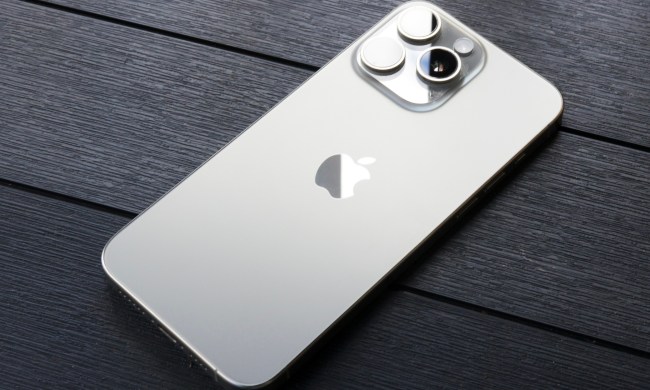But what happens when we move on to the next generation of smart devices — and it’s no longer just about controlling your Nest thermostat from your iPhone, but rather sensing data from bionic implants and having it wirelessly transmitted to your smartwatch?
That important evolutionary step is what researchers at the University of Washington are working on — and they think they’ve come up with an answer.
“Our goal is to provide connectivity to the next billion devices,” Shyam Gollakota, assistant professor in the Department of Computer Science and Engineering at the University of Washington, told Digital Trends. “These are going to be devices which push the limits of what we currently think of as connectivity. For example, you’re going to have connected contact lenses capable of tracking the glucose sugar level in your blood, which can then send that information to your smartphone so you can track it and get real-time diagnoses. There’s also the possibility of brain implants, which researchers have been doing a lot of work investigating. The challenge with all of these different devices is communication. If you’re going to have smart contact lenses or a brain implant, we need to be able to ensure that information can be properly communicated to the outside world.”

The main problem with communication using these next-gen smart devices is their diminutive size, which means they’re unable to send data using conventional Wi-Fi because of the power demands this entails. Using the University of Washington’s “interscatter communication,” however, it’s possible to latch onto Bluetooth transmissions from devices like smartwatches and then use this to generate Wi-Fi signals for next-gen implants that are able to be understood by smartphones or tablets.
The smart technology needs no additional hardware, and uses an astonishing 10,000 times less energy than conventional methods.
A paper on the work is due to be presented August 22 at the yearly conference of the Association for Computing Machinery’s Special Interest Group on Data Communication (SIGCOMM 2016) in Brazil.
And after that? “I think we’ll start seeing more of these connected smart devices over the next couple of years,” Gollakota concluded. “It won’t be widespread at first, but it’s something that you’re definitely going to start noticing more and more. And as that rollout happens, that’s where we think our work is going to be helpful.”


